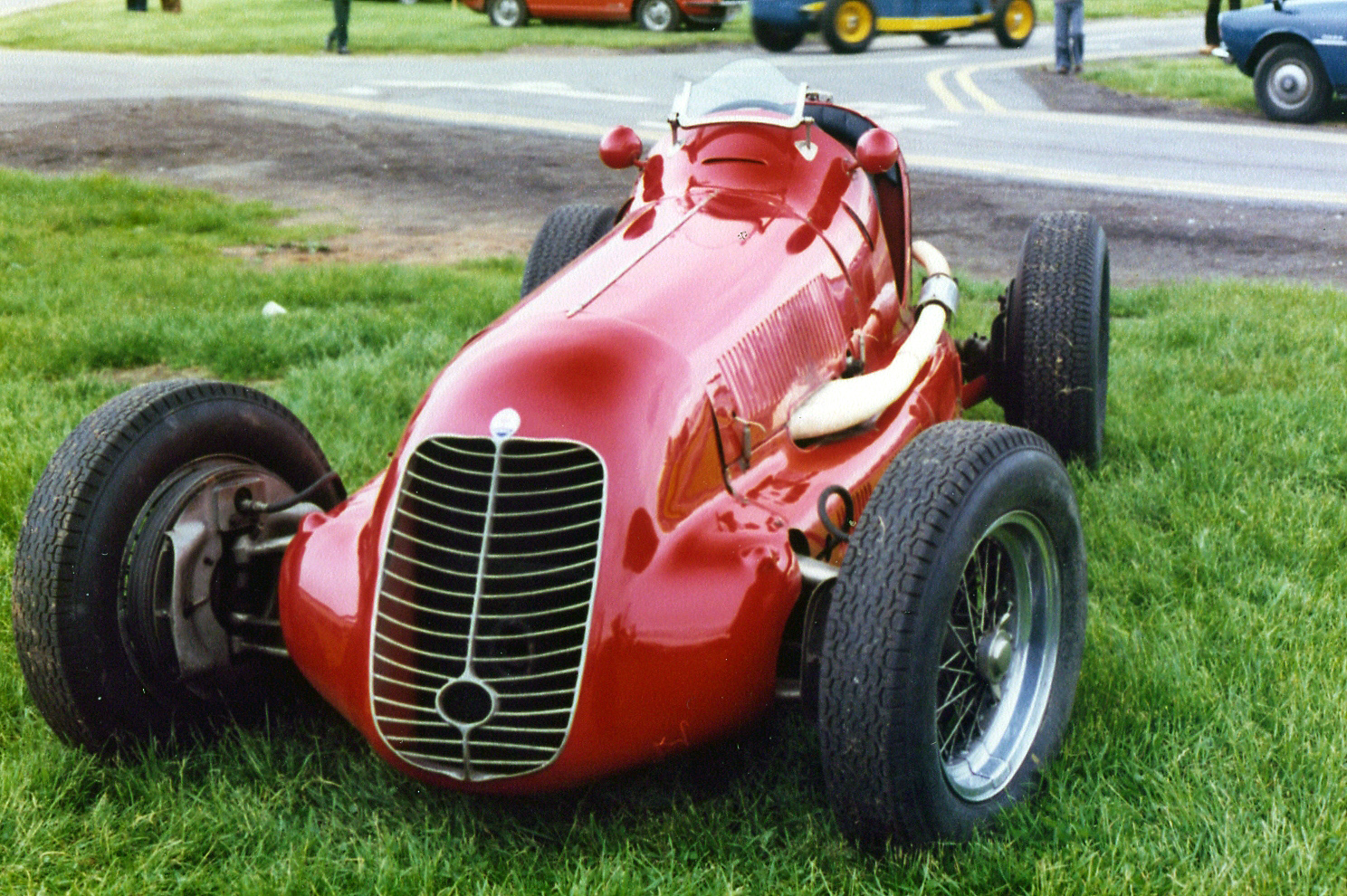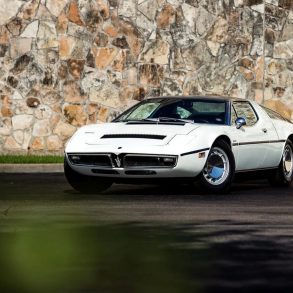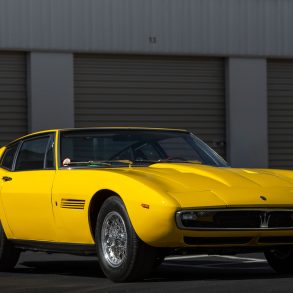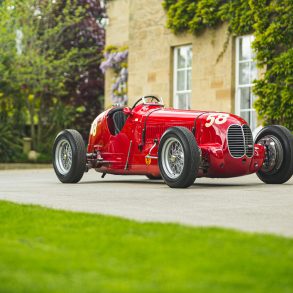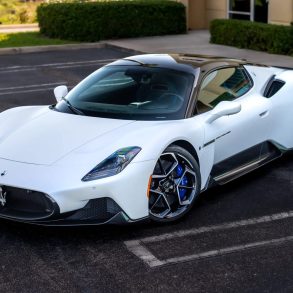Maserati 4CLT
Car: Maserati 4CLT / Engine: Straight 4; 4 valves / cylinder, DOHC; Twin Roots-Type Superchargers / Maker: Maserati / Bore X Stroke: 78.0 mm (3.1 in) / 78.0 mm (3.1 in) / Year: 1948 / Capacity: 91 cu in / Class: Formula 1 / Power: 260 bhp / 194 KW @ 7000 rpm / Wheelbase: 2500 mm (98.4 in) / Track: Front: 1250 mm (49.2 in) / Rear: 1200 mm (47.2 in) / Weight: 630 kilo / 1388.9 lb
The Maserati 4CL was a single-seat racing car designed by Ernesto Maserati. After his brother Alfieri Maserati died in 1932, Ernesto became the director, chief engineer as well as sole racing car driver of the company. The company was sold to Adolfo Orsi in 1937, but the brothers remained on a ten-year contract. The 4CL was introduced at the beginning of the 1939 season, as a rival to the Alfa Romeo 158 and ERA racing in the voiturette class.
A four cylinder engine with volumetric supercharger and ladder chassis made this car a great improvement on the past, with a large number of aluminum alloy components which helped to keep its weight down. A rigid rear axle with leaf spring suspensions was combined with an independent front suspension system with torsion bar.

For the 4CLT the antiquated inline 1.5 liter 4 cylinder engine was upgraded with twin-superchargers, which increased power up to around 260hp. However, to deal with the increased power and torque the chassis needed to be strengthened. Maserati would employ the new tubular chassis to help with torsion strength. The tubular construction, which is what the ‘T’ denotes, helped to provide better rigidity to the chassis to counteract the effect of the power increase. Another change was that the CLT had been designed to utilize hydraulic dampers with forged (instead of cast) suspension components at the rear of the car. The updated engine, construction and components were all meant to take Maserati to the next level of competition.
There were a number of version of 4CLT model in Formula One’s first season with the most successful being the 4CLT/48. Adolfo Orsi contracted Alberto Massimino to upgrade the car for 1948. Denoting the year, the model 48 first debuted at the San Remo Grand Prix. The chassis of the 4CLT/48 compared to the older 4CL the new model has a sharply lower profile. The tubular chassis would also serve as the oil reservoir. The upper ridge of the engine cowling was redesigned running almost horizontal to the ground. This redesign led to a more dramatic ‘ramp’ of the bodywork just prior to the cockpit. By lowering the cowling the angle of the upward flow of the nose increased to be able to clear the engine and its components. The use of a tubular-framed chassis meant the 4CLT was much more contoured, more aerodynamically efficient. The overall shape of the chassis gradually became more tear-drop shaped toward the rear of the car. The 4CLT/48 also utilized inboard coiled springs as part of its suspension. Most other teams were using leaf springs, but the double wishbone arrangement made coil springs a good option. The redesign of the nose and chassis over the engine on the 4CLT further lowered the center of gravity of the car. This leant greater stability to the increased horsepower the driver had available. The lower nose led to a cowling more tightly fitting over the inline 4 cylinder engine. Overall, the chassis design was not as tall as the 4CL. The 48 variant also known as the “San Remo” became the sought after version for many teams. In fact, in the 1950 Formula One season it would be the 48 variant that would score the best finish for Maserati in the driver’s championship.
Other variants of the 4CLT included changes to brake drum cooling, the layout of the oil header tank and some of the controls in the cockpit. 1949 saw more competition from Ferrari and Talbot-Lago and success was less frequent.
The new Formula One World Championship began in 1950. Due to the increased competitiveness from the Alfa Romeo 158, as well as, other chassis like the Ferrari and Talbot-Lago, Maserati needed to respond and, thus, updated the 4CLT chassis making it into the 4CLT/50. The crankshaft on the 50 was changed, to where it was comprised of many pieces. The engine was equipped with a more powerful pair of superchargers. The ignition timing was even adjusted. All of these changes to the engine meant the output was increased to 280hp. Maserati found it was even able to lighten the overall weight of the chassis by some 22 pounds when it updated the chassis construction and design.
This would prove to be the car’s last major update. Rather than continuing to battle Alfa Romeo and the upcoming Ferrari team Maserati decided not replace the 4CLT but instead created the brand new A6GCM aimed at the broader Formula 2 market. Though the 1952 Formula 1 season would be raced to F2 rules, Maserati was not able to break Ferrari’s domination though with the arrival of Gioachino Colombo things did improve the following season.





